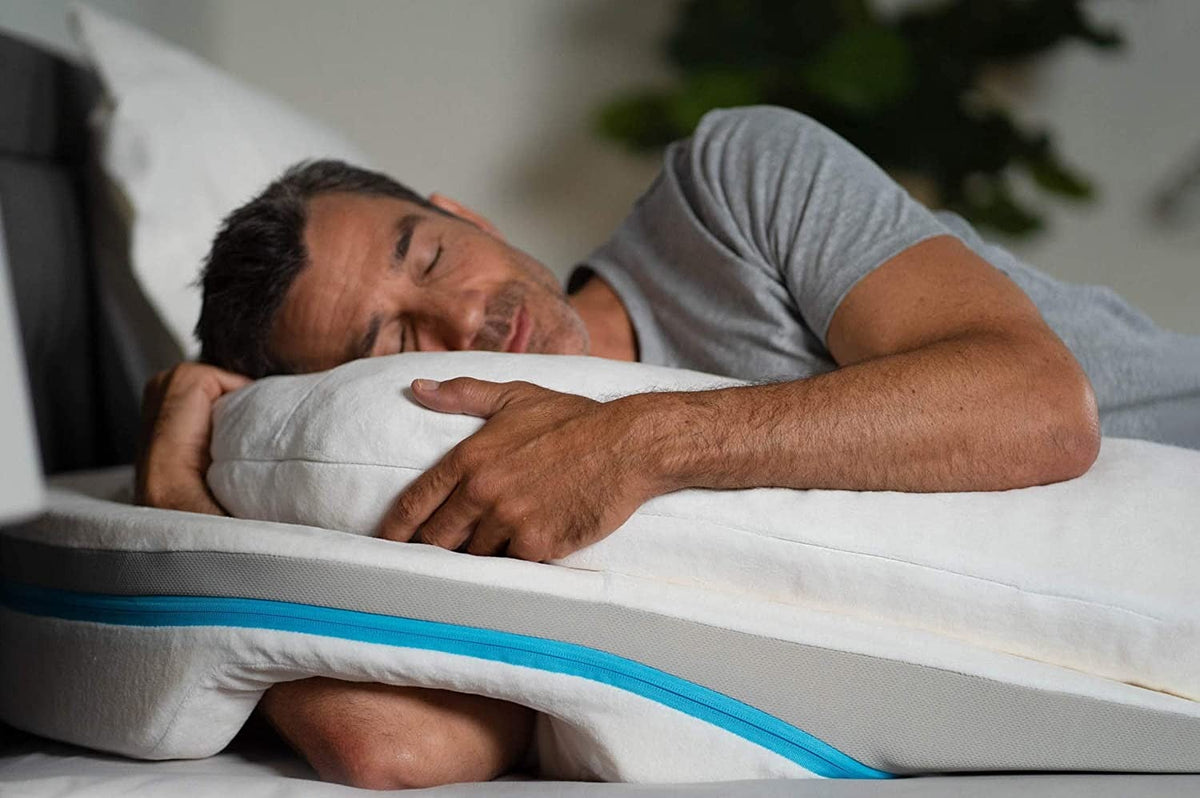

Articles
How To Position Pillows For Side Sleepers
Modified: January 19, 2024
Discover the best positions for pillows to enhance your sleep as a side sleeper. Read our informative articles for expert tips and advice on achieving optimal comfort and support.
(Many of the links in this article redirect to a specific reviewed product. Your purchase of these products through affiliate links helps to generate commission for Storables.com, at no extra cost. Learn more)
Introduction
Sleeping position plays a vital role in determining the quality of sleep we get each night. For side sleepers, finding the right pillow positioning is crucial not only for comfort but also for maintaining proper spinal alignment. The way you position your pillows can greatly impact the quality of your sleep, reducing the risk of waking up with a stiff neck or shoulder pain. In this article, we will discuss the importance of pillow positioning for side sleepers and provide a step-by-step guide to help you achieve optimal alignment and comfort.
When it comes to side sleeping, the goal is to maintain a neutral spine position throughout the night. This means that your head, neck, and spine should be aligned in a straight line. Pillow positioning plays a significant role in achieving this alignment by providing support to the neck and shoulders.
By understanding the benefits of proper pillow positioning and learning techniques to achieve it, side sleepers can enhance their sleep experience and wake up feeling refreshed and rejuvenated. Additionally, we will discuss common mistakes to avoid and offer alternative pillow positioning techniques that can further enhance your sleeping posture.
Choosing the right pillow for side sleeping is also essential. A pillow that is too thick or too thin can lead to improper spinal alignment and discomfort. We will explore how to select the best pillow for your individual needs, taking into consideration factors such as pillow fill, loft, and firmness.
So, whether you are a seasoned side sleeper or looking to improve your sleep quality, this comprehensive guide will provide you with the knowledge and techniques to position your pillows correctly for optimal support and comfort. Let’s dive in and discover the secrets to a restful night’s sleep for side sleepers.
Key Takeaways:
- Proper pillow positioning for side sleepers is crucial for maintaining spinal alignment, reducing pressure points, and enhancing sleep quality. Choosing the right pillow and experimenting with alternative positioning techniques can lead to a more comfortable and restful night’s sleep.
- Common mistakes to avoid when positioning pillows for side sleeping include using improper pillow height, neglecting to support the neck, and overloading pillows. By paying attention to individual comfort cues and making necessary adjustments, side sleepers can achieve optimal support and alignment for a more comfortable sleep experience.
Why Pillow Positioning Matters for Side Sleepers
Pillow positioning is of utmost importance for side sleepers due to the unique pressure points and alignment needs of this sleeping position. When sleeping on your side, your body weight is primarily supported by the hips and shoulders, which can create stress on the neck and spine if not properly supported by pillows. Here are some reasons why pillow positioning matters for side sleepers:
- Proper spinal alignment: Side sleepers need to ensure that their spine remains in a neutral position throughout the night. A properly placed pillow can provide support to the neck and maintain alignment with the rest of the spine, preventing strain and discomfort.
- Reduced pressure points: The shoulders and hips bear a significant portion of the body weight when sleeping on your side. Placing a firm pillow between the knees can help align the hips and reduce pressure on the lower back. This helps alleviate any potential pain or discomfort in the hip joints.
- Prevention of pain and stiffness: Incorrect pillow positioning can lead to pain and stiffness in the neck, shoulders, and upper back. By supporting these areas with the right pillows, side sleepers can minimize the risk of waking up with aches and pains.
- Enhanced circulation: Proper pillow positioning can aid in proper blood circulation during sleep. By relieving pressure on certain areas, such as the shoulder and arm, side sleepers can promote optimal blood flow to those regions.
- Improved breathing: For those who experience breathing difficulties or snoring, elevating the upper body with a pillow can help open up their airways and improve breathing while sleeping on the side.
In summary, pillow positioning for side sleepers is essential for maintaining proper spinal alignment, reducing pressure points, preventing pain and stiffness, enhancing circulation, and improving breathing. By understanding the importance of pillow placement, side sleepers can optimize their sleep experience and wake up feeling refreshed and free of discomfort.
Benefits of Proper Pillow Positioning
Proper pillow positioning for side sleepers offers a range of benefits that contribute to improved sleep quality and overall well-being. When pillows are strategically placed, they provide essential support to the head, neck, and shoulders, helping to maintain a neutral spinal alignment. Here are some key benefits of proper pillow positioning:
- Enhanced comfort: A well-positioned pillow can significantly enhance comfort levels for side sleepers. By providing adequate support to the head and neck, it reduces strain on the muscles and promotes relaxation, resulting in a more comfortable sleep experience.
- Reduced pain and stiffness: Proper pillow positioning can help alleviate or prevent pain and stiffness commonly experienced by side sleepers. By supporting the natural curvature of the spine and keeping the neck and shoulders aligned, it reduces the risk of waking up with a sore neck, aching shoulders, or a stiff back.
- Improved sleep quality: When the body is properly aligned during sleep, it can enter a deeper and more restful sleep cycle. Proper pillow positioning ensures that side sleepers can achieve optimal sleep quality, allowing them to wake up feeling refreshed and energized.
- Prevention of pressure sores: By using pillows to distribute pressure evenly, side sleepers can prevent the formation of pressure sores on the shoulders and hip joints. This is particularly important for individuals who spend long periods of time in bed or have pre-existing medical conditions that make them more prone to developing pressure ulcers.
- Support for specific conditions: Proper pillow positioning can also provide targeted support for individuals with specific conditions. For example, side sleepers with sleep apnea may benefit from using a pillow with an elevated position to promote better breathing during sleep.
Overall, the benefits of proper pillow positioning for side sleepers are multifaceted. By aligning the spine, reducing pain and discomfort, improving sleep quality, preventing pressure sores, and providing tailored support for specific conditions, proper pillow positioning can significantly enhance the sleep experience for individuals who prefer sleeping on their side.
Choosing the Right Pillow for Side Sleeping
When it comes to side sleeping, selecting the right pillow is crucial for achieving optimal comfort and support. The right pillow will help maintain proper spinal alignment and ensure a restful night’s sleep. Here are some factors to consider when choosing a pillow for side sleeping:
- Support and firmness: Side sleepers generally need a pillow with medium to firm support to keep the head and neck aligned with the spine. A pillow that is too soft may cause the head to sink too deeply, leading to misalignment and potential discomfort.
- Pillow height and loft: The height or loft of the pillow is important for side sleepers to maintain proper alignment. Ideally, the pillow should be thick enough to fill the gap between the shoulder and neck, ensuring that the spine remains straight.
- Pillow fill: There are various pillow fill options available, including memory foam, down, latex, and polyester. Each fill type offers different levels of support and comfort. Memory foam and latex are often recommended for side sleepers as they contour to the shape of the head and provide adequate support.
- Size and shape: The size and shape of the pillow can affect how well it supports the head and neck. Side sleepers may benefit from using a pillow with a wider profile or a contoured shape to provide better alignment and support to the neck and shoulders.
- Quality and durability: Investing in a high-quality pillow is essential for long-term comfort and durability. A well-made pillow will maintain its shape and support over time, ensuring a consistent sleep experience.
It is also worth considering any specific preferences or health conditions when choosing a pillow for side sleeping. For example, individuals with allergies may opt for hypoallergenic pillow options, while those with neck pain may benefit from a cervical pillow designed to provide extra support to the neck area.
Ultimately, finding the right pillow for side sleeping may involve some trial and error. It is essential to pay attention to how the pillow feels and whether it provides the necessary support and alignment. Consulting with a sleep specialist or chiropractor can also provide valuable guidance in selecting the most suitable pillow for your individual needs.
By choosing the right pillow for side sleeping, you can enhance comfort, support proper spinal alignment, and improve the overall quality of your sleep.
When positioning pillows for side sleepers, place one between your knees to align your spine and reduce pressure on your hips and lower back.
Step-by-Step Guide on How to Position Pillows for Side Sleepers
Proper positioning of pillows is key for side sleepers to maintain a neutral spine and achieve optimal comfort. Follow this step-by-step guide to ensure you are positioning your pillows correctly:
- Pillow under the head: Start by placing a firm pillow under your head, ensuring it fills the space between your head and the mattress. The pillow should be thick enough to keep your head aligned with your spine.
- Pillow between the knees: To align your hips and reduce pressure on your lower back, slide a pillow between your knees. This will help keep your spine in a neutral position and prevent any twisting or strain on the hips.
- Optional: Pillow in front of the torso: For added support and to prevent rolling onto your stomach during sleep, you can place a pillow in front of your torso. This will act as a barrier and keep you comfortably positioned on your side throughout the night.
- Optional: Pillow behind the back: If you tend to roll onto your back while sleeping, you can place a pillow behind your back to provide support and discourage this movement. This will help you maintain the desired side sleeping position.
It is important to note that the thickness and firmness of the pillows used will vary depending on individual preferences and needs. Experiment with different pillow sizes and materials to find what works best for you.
Remember to adjust the position of the pillows as necessary throughout the night to ensure continuous support and comfort. Over time, you will discover the pillow positioning that works best for your body and sleep habits.
Keep in mind that the primary goal of pillow positioning is to maintain a straight and aligned spine while sleeping on your side. By following this step-by-step guide, you can achieve proper support and alignment, reducing the risk of waking up with aches and discomfort.
Read also: 12 Best Pillows For Side Sleepers for 2024
Alternative Pillow Positioning Techniques for Side Sleepers
While the traditional pillow positioning described in the previous section works well for many side sleepers, there are alternative techniques you can try to further optimize your sleeping posture and comfort. Here are some alternative pillow positioning techniques:
- Body pillow: Instead of using separate pillows, consider using a body pillow specifically designed for side sleepers. This long, curved pillow provides support along the entire body, from the head and neck to the knees and ankles. A body pillow can help maintain proper spinal alignment and alleviate pressure on various areas, resulting in enhanced comfort.
- Multiple pillows: If a body pillow isn’t available or doesn’t suit your preferences, you can achieve similar support with a combination of pillows. Place a pillow under your head as usual, then use additional pillows to support your back, knees, or any other areas where you desire extra cushioning or support. This customized approach allows you to target specific areas and achieve optimal comfort.
- Pillow adjustments: Experiment with different pillow positions to find what works best for your body. Some side sleepers find that placing a pillow partially under their torso, in addition to under their head, helps maintain proper spinal alignment. Others may find placing a pillow between the ankles or using a smaller pillow for the neck provides more comfort and support.
- Wedge pillow: A wedge pillow is a triangular-shaped pillow that can be placed under the upper body to elevate it slightly. This elevation helps open up the airways, reducing the risk of snoring and addressing issues related to acid reflux or difficulty breathing. A wedge pillow can be beneficial for side sleepers who have specific health concerns or struggle with certain sleep-related conditions.
It is important to remember that pillow positioning is a personal preference, and what works for one person may not work for another. Experiment with different techniques and listen to your body’s comfort cues to determine the optimal pillow positioning that suits you.
Additionally, consider investing in pillows that are specifically designed for side sleepers. These pillows are often contoured or have specialized features that provide enhanced support and align the spine more effectively.
By exploring alternative pillow positioning techniques and finding what works best for your body, you can achieve a comfortable and supportive sleep setup as a side sleeper.
Common Mistakes to Avoid when Positioning Pillows for Side SleepingWhile proper pillow positioning is crucial for side sleepers, it’s equally important to be aware of common mistakes that can hinder optimal sleep posture and comfort. Avoiding these mistakes can help you achieve the best possible sleeping position. Here are some common mistakes to avoid when positioning pillows for side sleeping:
- Using an improper pillow height: Using a pillow that is either too thick or too thin can affect spinal alignment. A pillow that is too thick can cause the head to tilt upward, straining the neck and causing discomfort. Conversely, a pillow that is too thin may not provide adequate support to maintain a neutral spinal position.
- Neglecting to support the neck: The neck requires proper support during sleep, especially for side sleepers. Neglecting to support the neck can lead to neck pain and discomfort. Ensure that the pillow adequately fills the space between the head and the mattress, providing proper support to the neck and maintaining alignment with the spine.
- Overloading pillows: Using too many pillows or stacking them excessively can lead to an unnatural sleeping position and misalignment of the spine. It can also result in discomfort, especially in the neck and shoulders. Stick to a minimal number of pillows and focus on using them strategically for support and alignment.
- Placing the pillow too far or too close to the head: Positioning the pillow too far or too close to the head can compromise proper spinal alignment. The pillow should be positioned in a way that allows the head, neck, and spine to form a straight line. Ensure that the pillow is correctly placed under the head and not extending too far down the shoulders.
- Not adjusting pillows throughout the night: Your body may naturally shift positions during the night, and your pillows may require occasional adjustments to maintain proper support. Failure to adjust the pillows throughout the night can result in discomfort and misalignment. Regularly check and readjust the positioning of the pillows to ensure continuous support and comfort.
By avoiding these common mistakes, you can maximize the benefits of proper pillow positioning and minimize the risk of waking up with discomfort or pain. Remember, everyone’s body is unique, so it may take some trial and error to find the pillow positioning that works best for you.
Listening to your body and paying attention to any discomfort or strain will help guide you towards the correct pillow positioning that supports a restful and comfortable night’s sleep.
Conclusion and Final Tips
Proper pillow positioning is essential for side sleepers to ensure a comfortable and supportive sleep experience. By aligning the spine and providing adequate support to the head, neck, and shoulders, the right pillow positioning can contribute to improved sleep quality and reduced discomfort. Here are some final tips to remember:
- Experiment and find what works for you: Pillow positioning is a personal preference, so don’t be afraid to experiment with different techniques and pillow types to find what works best for your body and sleeping habits.
- Choose the right pillow: Select a pillow that offers the right balance of support and comfort for side sleeping. Consider factors such as firmness, loft, shape, and pillow fill to find the best fit for you.
- Consider alternative pillow positioning techniques: If the traditional pillow positioning doesn’t provide the desired comfort, explore alternative techniques such as using body pillows, adjusting multiple pillows, or incorporating specialized pillows designed for side sleepers.
- Regularly adjust and readjust: Pillow positioning may need to be adjusted throughout the night to maintain proper support and alignment. Listen to your body’s cues and make any necessary adjustments to optimize comfort.
- Consult with a sleep specialist if needed: If you are experiencing chronic discomfort or pain, it may be beneficial to consult with a sleep specialist or chiropractor who can provide personalized guidance and recommendations.
Remember, the primary goal of pillow positioning for side sleepers is to keep the spine aligned and provide proper support to the head, neck, and shoulders. By following the recommended techniques, avoiding common mistakes, and finding the optimal pillow setup, you can achieve a restful and comfortable night’s sleep as a side sleeper.
Investing the time and effort to find the right pillow positioning for your individual needs will pay off with improved sleep quality, reduced discomfort, and a refreshed start to each day. Prioritize your sleep health, and enjoy the benefits of a well-supported and comfortable sleep position as a side sleeper.
Frequently Asked Questions about How To Position Pillows For Side Sleepers
Was this page helpful?
At Storables.com, we guarantee accurate and reliable information. Our content, validated by Expert Board Contributors, is crafted following stringent Editorial Policies. We're committed to providing you with well-researched, expert-backed insights for all your informational needs.
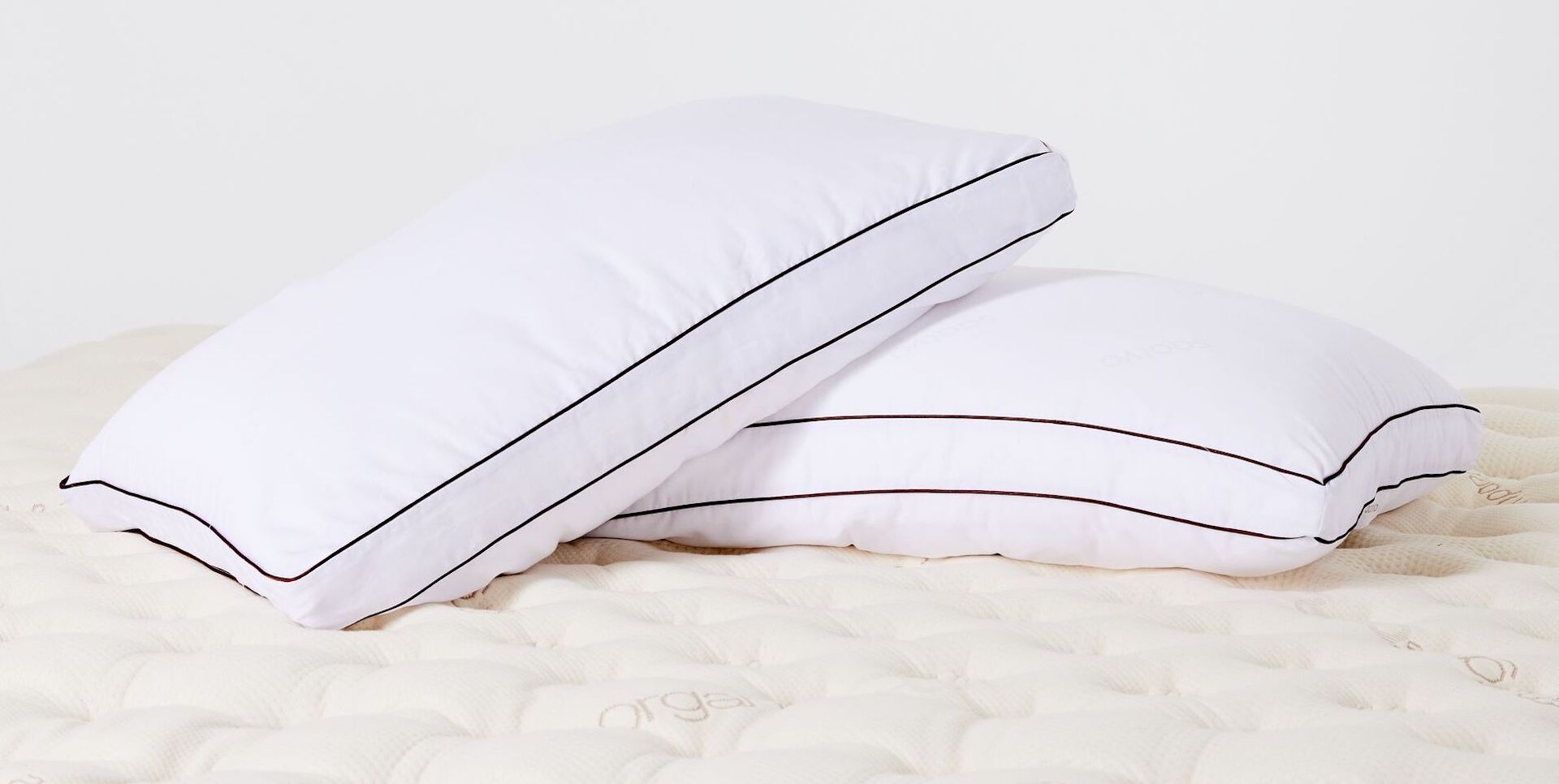
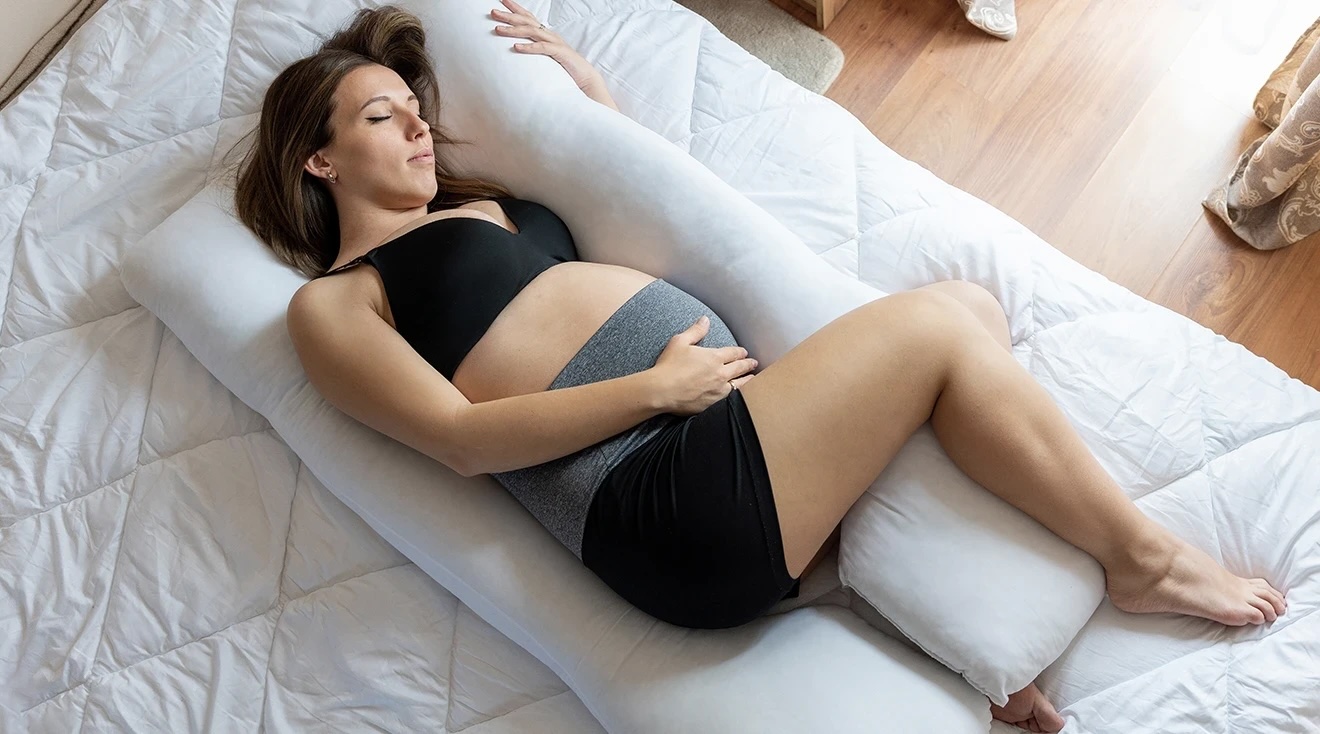


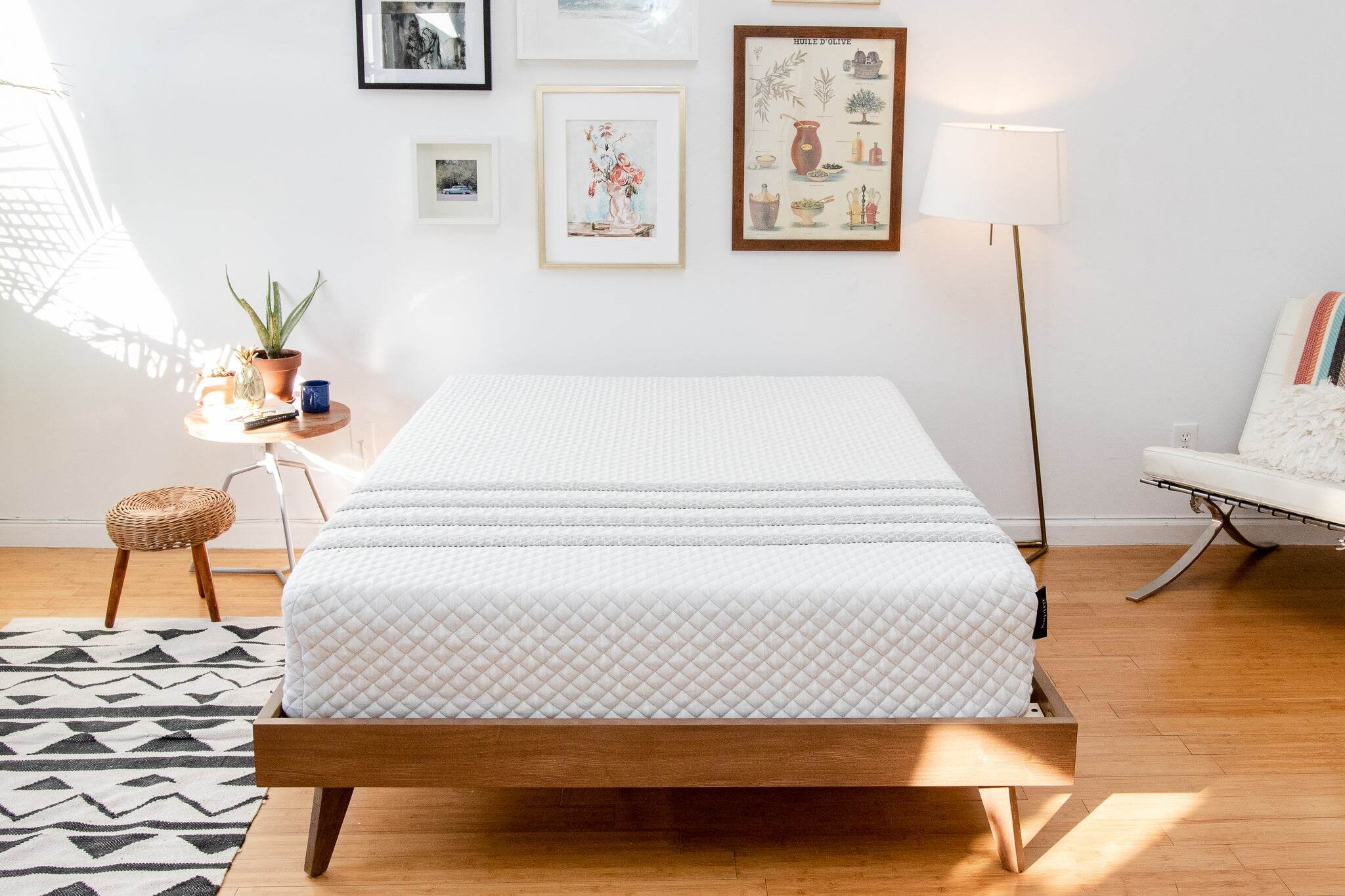








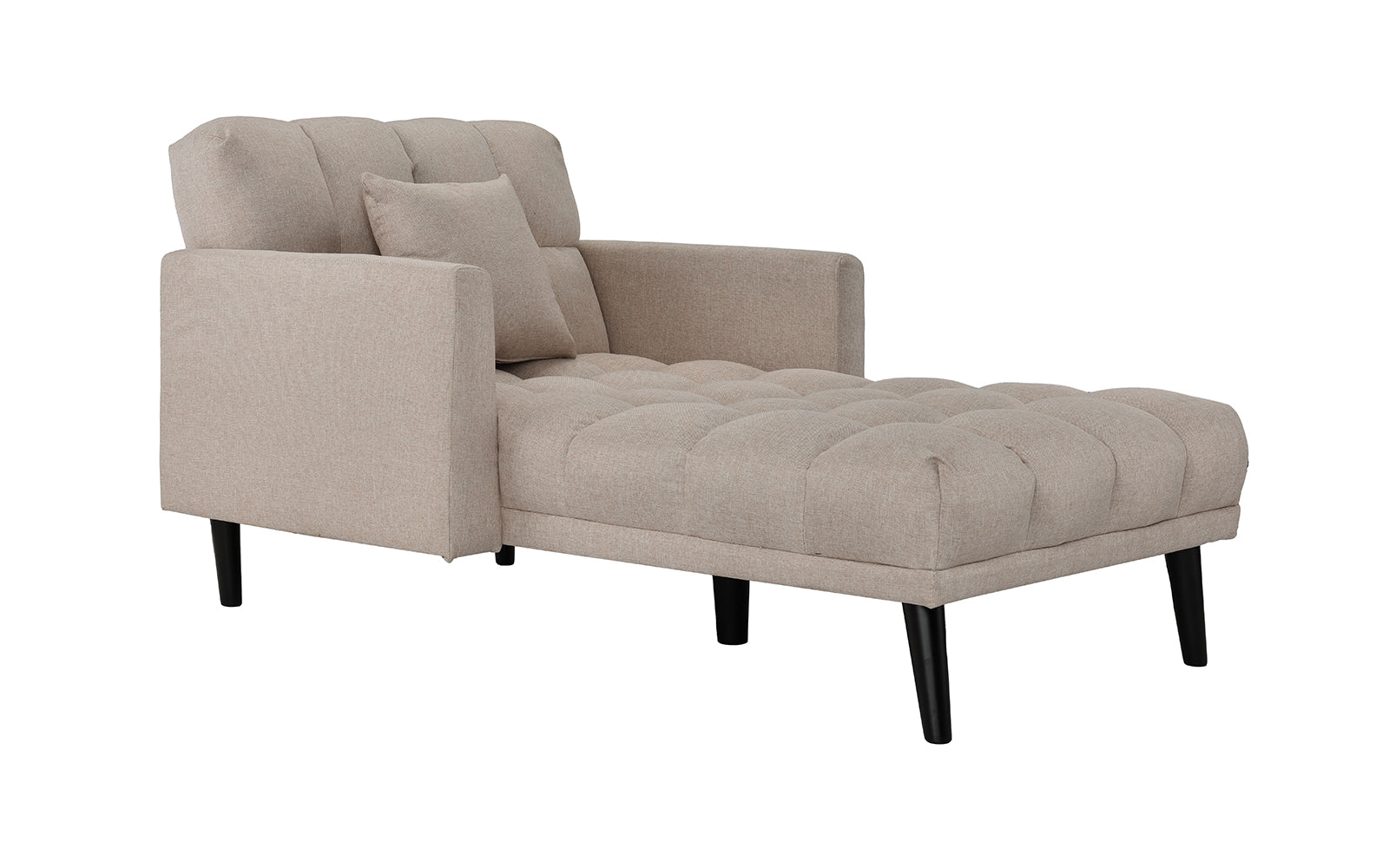

0 thoughts on “How To Position Pillows For Side Sleepers”